Published by Jeremy. Last Updated on July 9, 2022.
Disclaimers: Our site uses demographic data, email opt-ins, display advertising, and affiliate links. Please check out our Terms and Conditions for more information. Listed prices and attraction details may have changed since our visit and initial publication.
Not but three weeks into our year-and-a-half-long journey around the world did I realize my backpack had a hole in it.
Not just a tiny hole, one that you’d see after it was scraped against something sharp, but a big gaping hole along a seam that was only going to get bigger with each passing day.
Although my pack was almost 5 years old at the time, I was surprised that this had happened so quickly. Not only that, it was at the bottom of the bag, one of the worst places it could have occurred.
Cue panic.
After a few minutes composing ourselves, we figured out a rather robust repair that lasted the duration of our trip.
✈️ Book Your Next Trip
- • Planning a trip? Find a flight deal.
- • In need of a room? Check out hotel and apartment prices.
- • Taking a cruise? Find a cruise itinerary for your journey.
- • Don't overlook picking up a rental car or day tours as well!
The Options – Backpack Repair or Replace It?
Since spending $200 to $300 to buy a new bag is quite an investment, especially for an item that would also likely get damaged on the rest of the trip, we opted to try the repair route.
As we were in Switzerland at the time the entire purchase cost for the materials ran about $30, something that would be far cheaper in just about any other country in the world.
Even then, we went a bit overkill just because it is better to ensure the job will last or else we may face the same issue again down the road.
For all those who are out there with a similar issue, this is how we did it.
Materials Needed to Fix a Hole in a Backpack
For this repair job we had to find a number of materials. I think we got a bit lucky in that we were in Zermatt, Switzerland at the time; a destination known for its hiking and outdoorsy nature.
Depending on where you are at, finding these items may be a bit trickier (although your hotel should be able to suggest where to try). If you’re at home, the following links will take you to the Amazon listing for products similar to what we used:
- Duct Tape
- Durable Thread
- Sewing Needle
- Industrial Adhesive (Gorilla Glue, other Fabric Glues)
- Durable Cloth (Shammy/Chamois, Fabric, Cut up Jeans)
From there you just need to find an open area to work, and it is time to begin!
Step 1: How to Sew a Hole With Strong Thread
We were recommended to check out a seamstress in Zermatt who could repair our bag or perhaps sell us a sewing kit with thread.
Although her English was limited she knew what we needed and gave us a kit to use as well as heavy-duty thread – for free! After we returned to drop off the thread and sewing kit we gave her 5 Francs for her trouble, even though she protested.
We wouldn’t have been able to buy the kit for that cheap.
Don’t have a local seamstress to visit? We later found out in a separate luggage handle repair incident, with a few more holes in other locations, that dental floss works just fine too.
Although if your hole is in the bottom of the bag which may potentially see more bumps and scratches, we’d recommend going for the more robust thread if possible.
Step 2: Duct Tape The Inside
You may be comfortable with just sewing your bag depending on where and how large the hole is.
As mine was at the bottom of the bag I wanted to reinforce it as best I could. After tying off the thread on the inside of the bag we put down a layer of duct tape over the spots with the newly added thread.
This should ensure that the thread is not frayed by your belongings on the inside.
Step 3: Glue Fabric Over Weakened Area
As the bottom of my bag was getting a bit thin, and I like to use the wheels when traveling, we glued a very durable shammy we found in the grocery store to the bottom of the bag with strong textile glue.
The goal for this step was not so much to fix the old holes, but to add another layer of protection if a new one were to open up.
As a bonus, the shammy was quite large and we got to double it over for added stability.
Yes, we were that serious about our backpack repair.
In this instance, we were not shy about the glue and made a layer along the edges as well as across the inside in several lines. Add another layer of duct tape on the edge to prevent items from pulling the fabric away from the glue and it’s done!
As I am not the best at sewing this repair took a bit less than an hour. I repaired two holes by sewing and a third with tape only (it was very small).
In that time I ended up putting about four holes into my hand, a number that could have been quite higher. The holes in my hand have since healed, thankfully.
Other Ideas for Backpack Repair
We spoke with several other travelers about this issue to see if they had any ideas. As we only used a few of them we wanted to share some other options that may be more useful for your unique scenario.
- Find a seamstress/shoe repair shop and pay them to do the fix. This option works best in countries with more favorable exchange rates and in cities where you have several days to wait.
- Use dental floss instead of thread as it is heavy duty. Like we mentioned above, this one worked quite well for us in later repairs.
- Buy an outer bag for travel days (especially with airlines) and sew the holes only. My major concern for the hole in my bag was not myself dragging it around but rather what happens when we fly and hand the bag off to a 3rd party. A quick sew job and a lined bag on top would easily do this trick if you can find one or have one already.
- Contact the manufacturer to find authorized backpack repair centers or replacement opportunities if in warranty. We sent our manufacturer a tweet to get a customer service email and will be sending them a message shortly. A lifetime warranty is great, but when you’re on the road it is a bit hard to send your bag in for repairs.
Overall, this repair was rather robust and may have been a bit overkill, but it did also last the entire duration of our trip, with the rest of the bag falling apart around it. When it comes to the sign of a good backpack repair, I’ll take that!
Thinking of buying a new piece of luggage instead for your next trip? Check out sites like Amazon.
A special thanks to A Skinny Escape, As We Saw It, Santa Fe Travelers, Europe For Visitors, Chicky Bus, and the many other awesome travel bloggers who helped us out with our bag issue!
About Jeremy

About the Author: Jeremy is a full-time travel writer based in Pittsburgh and primary author of this site. He has been to 70+ countries on five continents and seeks out new food, adventure activities, and off-the-beaten-path experiences wherever he travels.
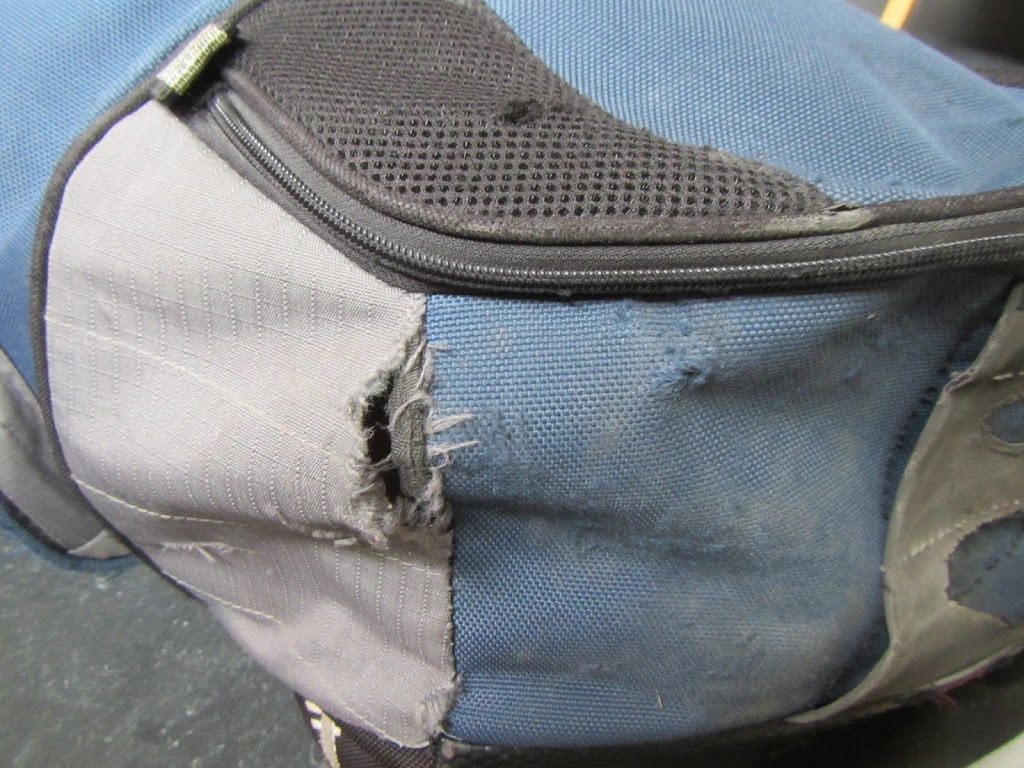
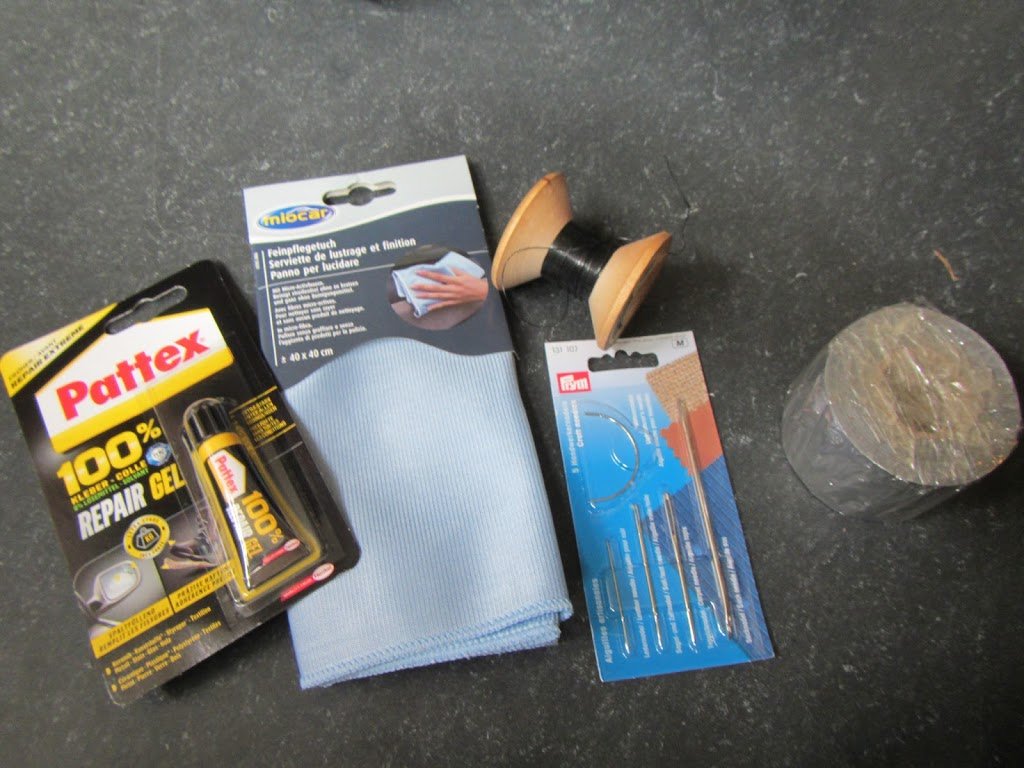
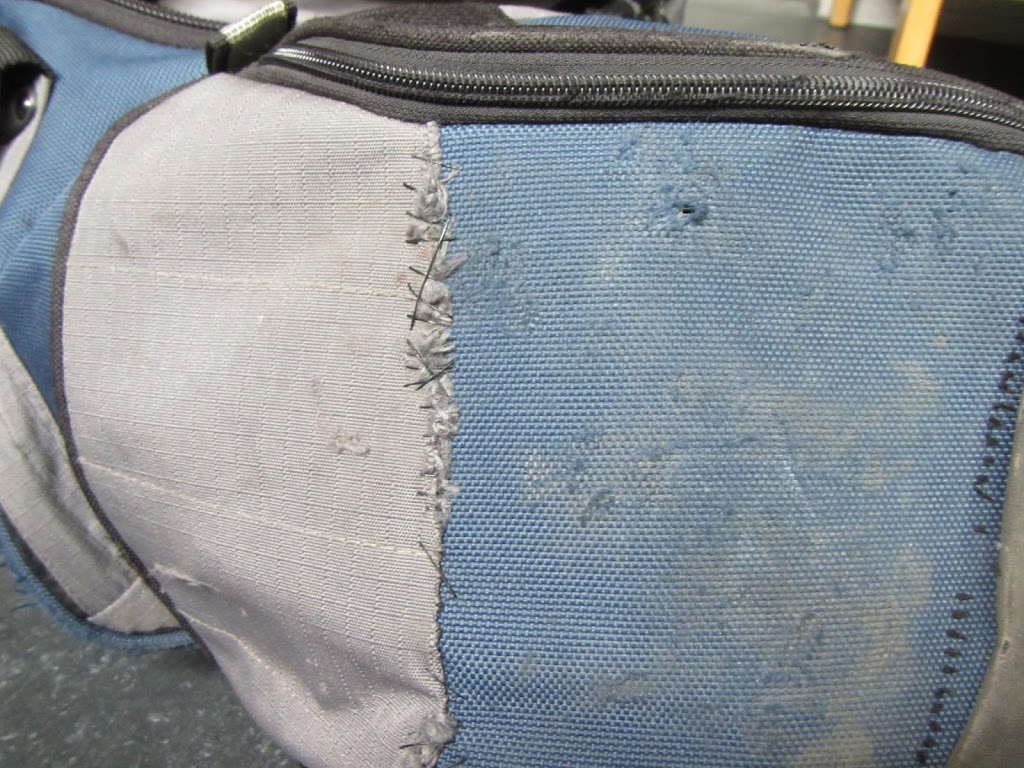
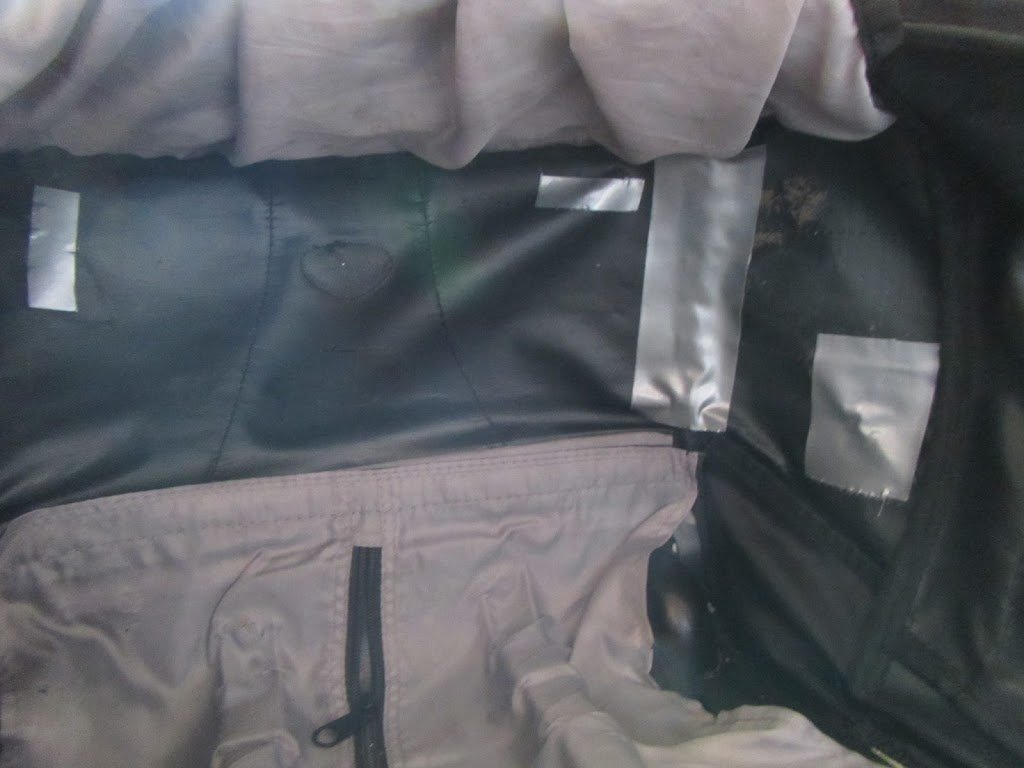
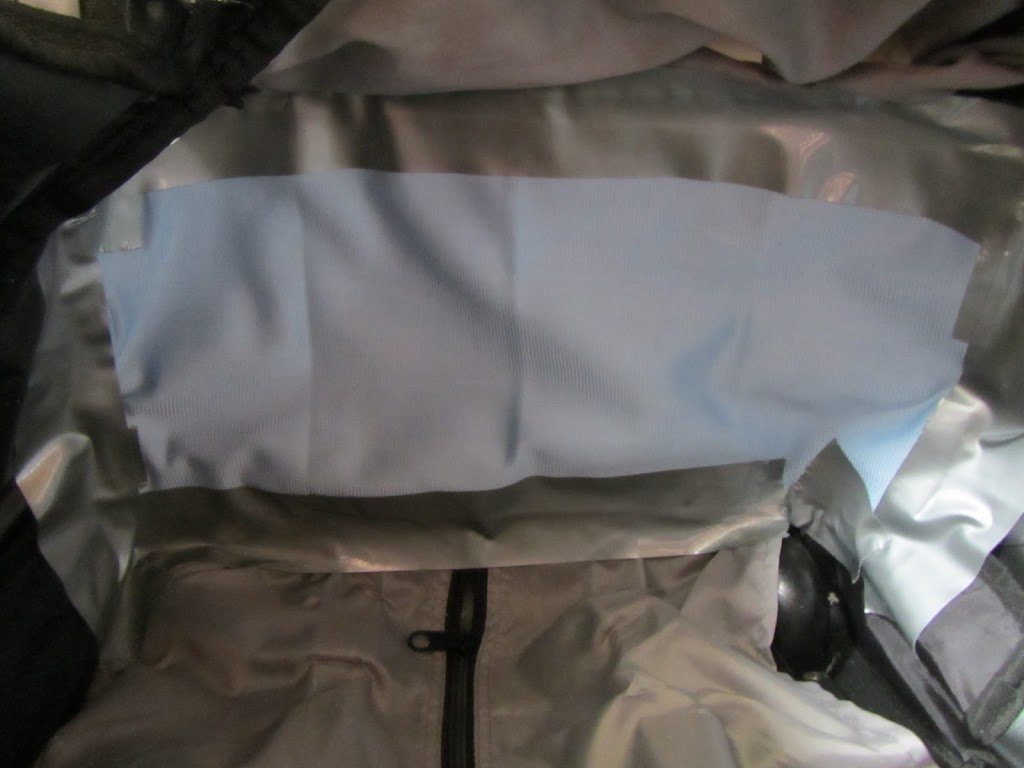
Wow! That is indeed a catastrophic whole in your backpack! 🙁
I’m glad you managed to fix it, and you did a good job at it too.
I also start having some wholes in mine and it’s so annoying…. luckily for me they are on the front side, not at the bottom, but still….
The fact that I’m lazy is not helping me, but luckily for me I was just contacted by a small company who will give me a brand new backpack. Yay!
Take care and enjoy your trips!
Your post just reminded me my last 2 weeks, I had to fix my shoes during my Everest Base Camp trek using only duct tape and super glue. With the duct tape I cover the wholes and with the super glue I “weld” the duct tape to the fabric of the shoe, it works perfectly fine. By the way, thanks for the articles of the EBC, they were really helpful.
Hey Alejandro, I’m glad to hear our articles helped for your EBC trip! I can only imagine what it was like to have a shoe issue on the trek! I think I left most of our repair kit back in our bag in Kathmandu so we probably would have been screwed if that happened!